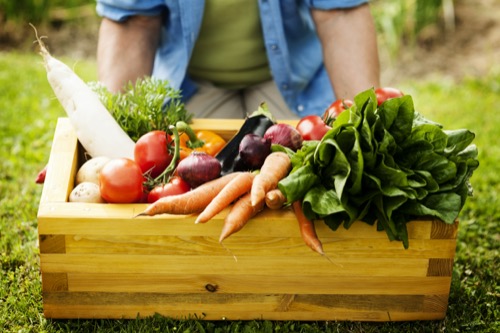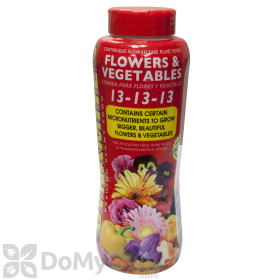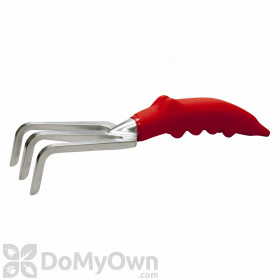How to Plant a Vegetable Garden
Find the best location on your property
Do you have room outside your home or in your neighborhood's shared space to grow a few plants? If you're planning to make your garden your primary food source, you'll need around 100 square feet of growing space for a single person. If these crops aren't meant to make up your entire diet or are more of a hobby with tasty fringe benefits, you could certainly make do with a smaller plot.
Select an area that gets good sunlight at least part of the time, that has easy access to water (by hose or watering can,) and that you can physically access comfortably.
Consider what you want to grow
Are you a bean fiend? A carrot addict? Can't live without okra? Think about which vegetables you would enjoy having on hand (or sharing with friends) and go from there. Read up on how much space is required for each type. Turnips may only need 4-5 inches of room around each plant, but a head of lettuce would be happiest with 9 inches of space on all sides.
Sketch out a small map of which plants will go where in your garden before you put any seeds in the ground to make the best use of the space you have available.
Consider the best timing for those crops
Vegetables are often ranked on a scale of hardiness. Some can withstand colder weather for a while, but others have no tolerance for the cold at all. If you're looking to get started on a garden soon, look for "half-hardy" or possibly even "tender" crops that are happiest in warmer months. These could include the following:
- Tender - cucumbers, eggplants, okra, peppers, pumpkins, squash, tomatoes
- Half-Hardy - cauliflower, celery, chard, Chinese cabbage, lettuce
- Hardy - broccoli, Brussels sprouts, cabbage, collard greens, kale, onions, spinach
To make the most of your gardening time and space, consider trying a "succession planting" order, where an initial crop is harvested and replaced by a different vegetable that grows best a little later in the season.
Another idea for keeping a steady supply of vegetables coming from your garden is the simultaneous planting of crop varieties that reach maturity at different rates. This could offer a harvest of two different tasty plants from the same section of your garden with minimal extra planting effort.
Prepare the soil for gardening
The classics are still the best sometimes. Adding rich organic matter to your soil--whether that's a compost, manure, or other fertilizers--is the best first step for preparing a parcel of land for a garden. Perform a home soil test and use the test results to decide which nutrients your soil is lacking.
Check out our Fertilizer Buying Guide to see which one is the right fit for your soil type and climate.
Products needed for Step 4
Plant your seeds and water them
It may be tempting to try and plant every vegetable you can think of on your first attempt, but it's probably best to exercise some self-restraint. Select four or five plants that are a good fit for the season in which you're planting and the climate in which you live. Give those plants enough room to grow. Spacing instructions should be provided with any seeds you may buy, but there are additional resources available online.
As you begin to tend and water your plants, keep an eye out for any fungal activity in your garden. There are several effective fungicides available that are labeled for use on edible plants. Check these out if your garden needs that extra protection.
Products needed for Step 5
Weed your plot to give plants room to grow
If you give your garden a little extra attention and weed it regularly to give your vegetables plenty of room to grow, the results may surprise you. Regularly scheduled, consistent weed-pulling is one of the most important steps towards successful gardening after you've got your plot planted. Weeds compete with your vegetable plants for nutrients, water, and space to grow. By carefully pulling invasive weeds by hand or with precise use of a hoe, you can eliminate pesky weeds and give your crops the resources they need to succeed.
















